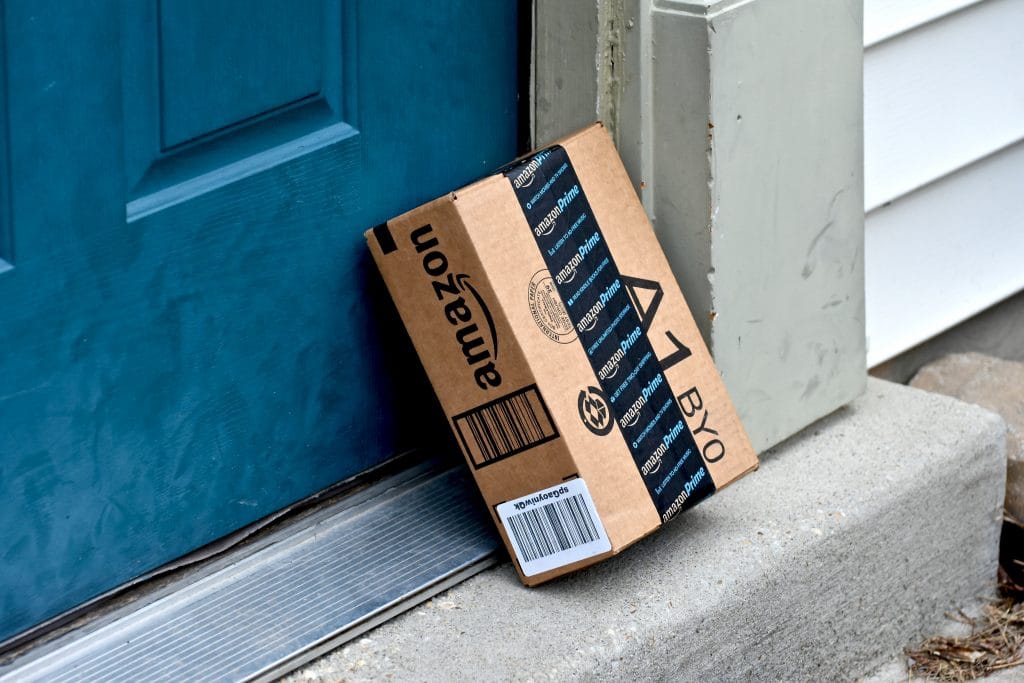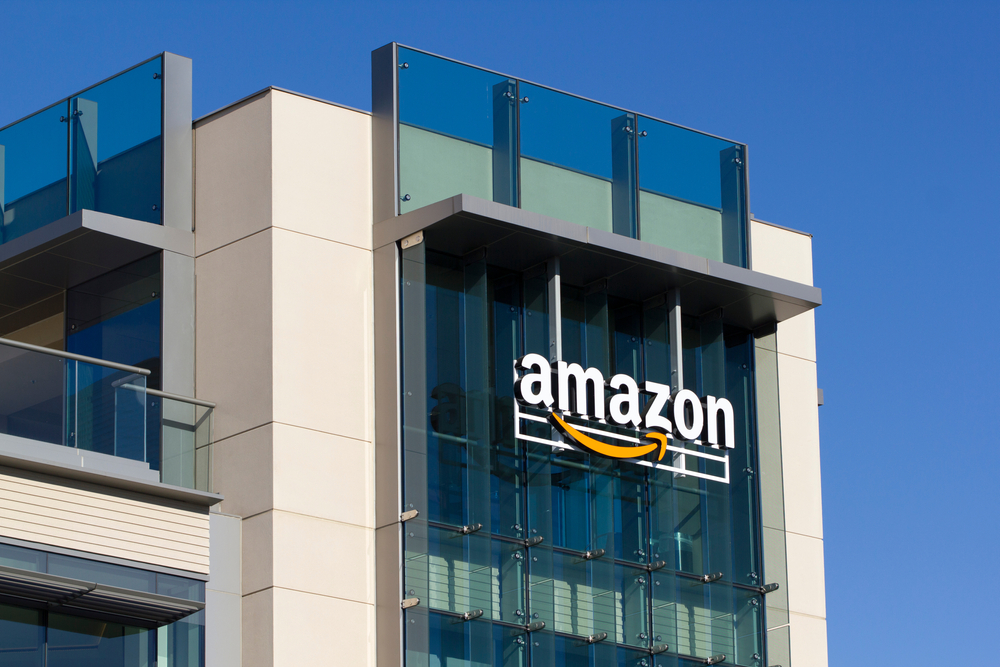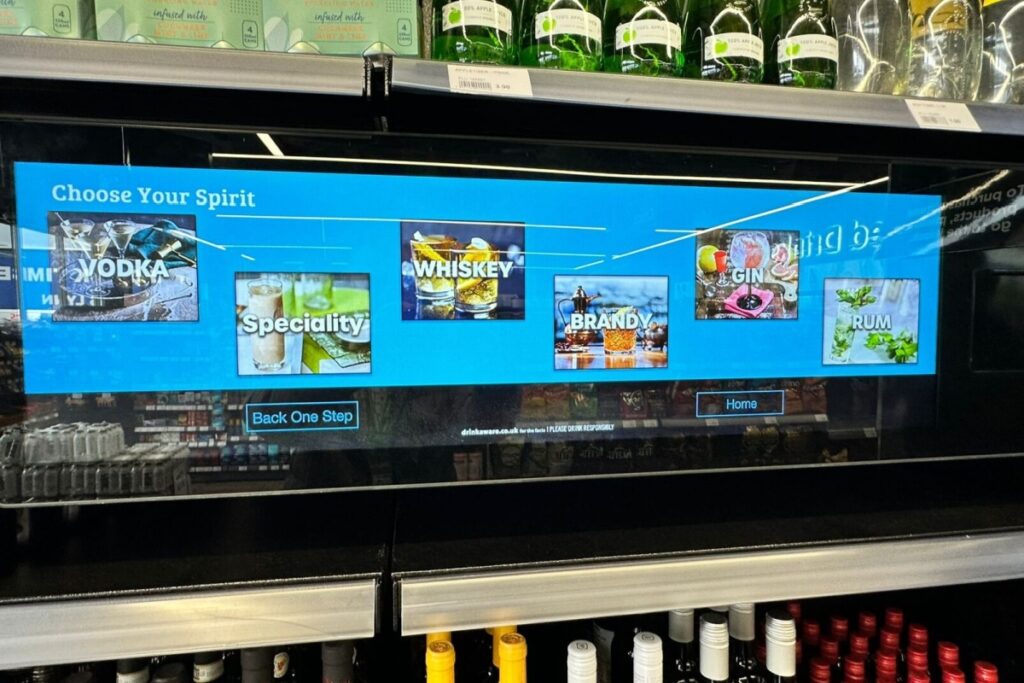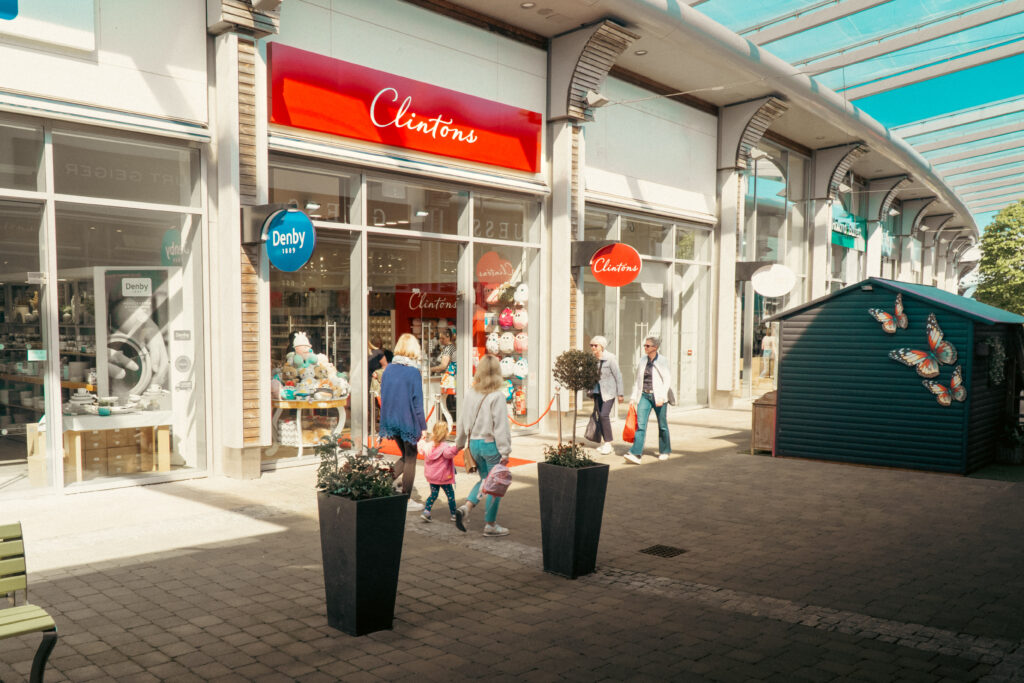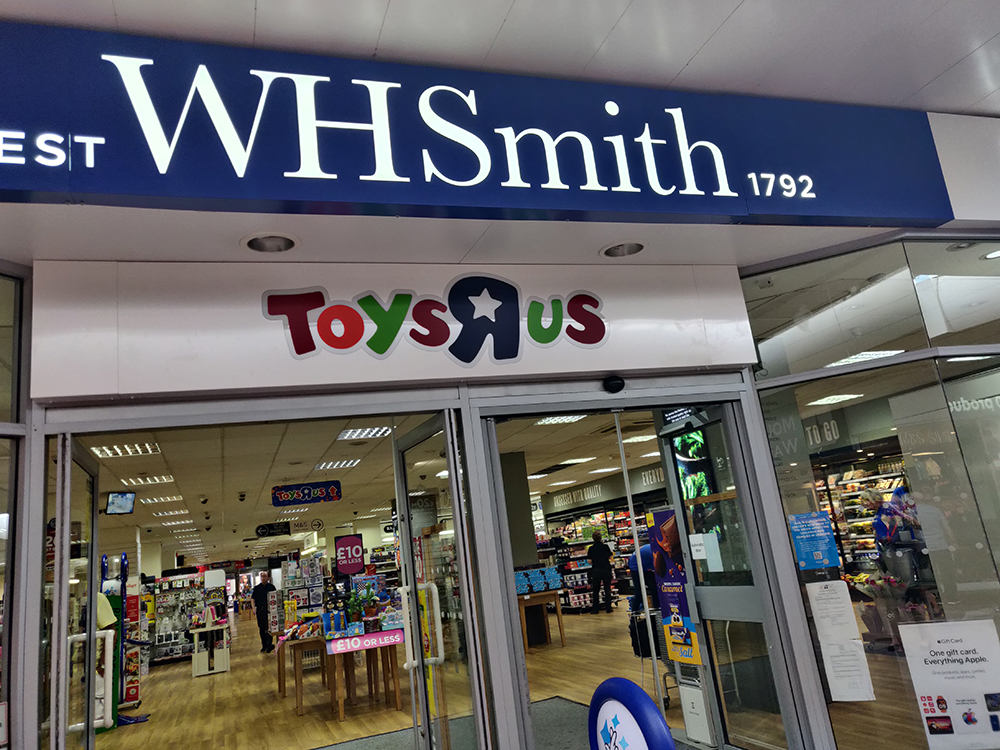The ASA’s decision to ban Amazon’s current next day delivery claim came as a shock for many in the retail industry.
While Amazon provides a lot of information regarding its next day delivery claims on its website, the ASA took exception to the fact that Amazon uses the one day delivery offer as an incentive to entice new customers to sign up to its Prime service.
READ MORE:
The ruling is a pertinent moment for retailers to consider the impact the industry’s ‘anyway, anyhow’ culture around delivery is having on customer perception of brands.
Retailers across the industry are racing to promise customers the smallest delivery times possible, often at any anarchic and under-legislated lengths necessary, but at what cost to their brand?
With increasingly savvy consumers, online sellers are keen to gain the edge on their competitors, and same day delivery is just the start of retailers gaining that competitive edge.
Consider the difference in ‘next day delivery’ meaning a business day or any day of the week for a retailer’s operations – this is easily the difference between a sale or an abandoned virtual basket for a customer.
But when retailers are increasingly under pressure to employ third parties to fulfil their deliveries, it’s worth considering the fact that promising everything under the sun for customers can easily do more harm than good.
Abandoned packages, missed delivery deadlines and multiple third party delivery teams can have long-term effects on a brand’s perception, no matter what they promise at point of sale.
It’s also costly to the retailer. Research from The Institute of Customer Service (ICS) found that 20 million British consumers encountered delivery problems last year during the Christmas shopping period – an increase of 13 per cent compared to 2015.
Retailers lost a combined total of £3.9 billion from delays, as part of a trend that ICS chief executive Jo Causon said gets worse “year on year”.
As far as regulating the chaotic culture around same and next day deliveries, solicitor Richard Collie of UK law firm and retail experts TLT told Retail Gazette, “Consumer protection regulations already prohibit misleading next day delivery claims, so there is unlikely to be any calls to tighten the existing regulatory framework further – particularly as the ASA has proven itself to be prolific in enforcing its own advertising codes against retailers that get it wrong.”
“However, it is conceivable that the Competition and Markets Authority could launch an investigation and target retailers who consistently mislead consumers with tougher sanctions (including fines) if it decides that ASA rulings have been an insufficient deterrent.
“The key to complying with consumer and advertising laws is to avoid making unqualified claims about next day delivery services. More importantly, they should also carefully monitor their delivery success rates to ensure they do not dip below acceptable levels.
“A retailer that can present evidence of strong delivery success rates is much less likely to face enforcement action from regulators.”
In an effort to delve further into the culture of next and same day delivery, packaging supplier Rajapack commissioned a last mile logistics case study into the effects of an increasingly demanding supply chain.
Rajapack’s studies found that in the near future, self-driven vehicles (such as drones and autonomous ground vehicles) will be at the forefront of deliveries, with up to 80 per cent of all items being delivered this way.
Study participant Trouva’s chief operations officer Glen Walker said of the changes ahead, “There’s going to be a big shift. At the moment it seems everyone has been focused on how to get things to the customers quickly and efficiently; the focus is on functionality.
“Making sure the customer has full visibility of all shipping costs and delivery options is quickly becoming more important. Customer expectations are getting higher and higher, and meeting these expectations should be at the forefront of a business.”
Meanwhile Mindful Chef director of operations Bertrand Nicoli believed the secret to content customers is to leave more of the decision making up to them: “I see it improving customer visibility. Customers will all be able to re-route deliveries to parcel shops, track the delivery van in real time.”
What’s clear from the findings is the pressure on speed of order fulfillment is only going to increase, and retailers will need to be ready to meet those customer expectations.
Adam Gore, director of online retail company Find Me A Gift said the problem with delivery fulfilment is that both the retailer and the delivery company need to keep up their end of the bargain.
“I appreciate that the next day promise is between the retailer and its customer but in our 18 years by far the biggest issues have been with the various carriers of our parcels,” Gore said.
“The reasons for failed next days range from transport vehicles breaking down, machines in the main sorting hub breaking down or catching fire, final mile drivers having too many parcels to deliver (in December), containers of parcels being sent to the wrong sorting hub, or running out of time to sort all parcels in the main hub before the overnight transport lorries have to leave the hub.”
And Andy Burton, chief executive of ecommerce specialist Tryzens thinks that delivery standards really are worth prioritising from the off:
“’Delivery’ is one of the most complained about topic for consumers, giving retailers 1* reviews, along with complaints about the quality of ‘Customer Service’.”
“Good performance in this area means a choice of delivery options (including click & collect, premium and standard), coupled with reliably performing against delivery service-level commitments, which must include good communication by the retailer to keep the consumer informed of progress of the order, especially if things go wrong.”
“The key is what is driving demand for next-day, is it consumer need or retailer market positioning?
“If the former then the costs will be less sensitive for the consumer to bear, but if the latter then the costs risk needs to be understood by the retailer in the pitching of the offer. Committing to a delivery service level is as much about reputation as it is about the opportunity to drive sales.”
“As we saw with Amazon Prime, making promises that are not achieved will come back to bite you in the court of public opinion and with Advertising Standards.
“So, making sure you can pick, pack, dispatch, track and deliver to achieve the service committed is essential and it has to be recognised that it increases overheads, the cost of which needs to be passed on.”
Burton’s point is perhaps the most pertinent of all: are customers asking for next and same day delivery, or would they prefer reliable tracking and chosen day deliveries, or same day collect in store options?
In the ‘anyway-anyhow’ culture for next day delivery, many retailers could do with checking in with their customers before they race ahead.
Click here to sign up to Retail Gazette‘s free daily email newsletter

